In an attempt to return to normality, we looked at a summer holiday this year. As usual, there were arguments about the Proms (partially voided by later events, obviously) and the likely weather. As usual, a compromise was reached.
Tues 30th: The advice from Heathrow is still to arrive 3 hours before your flight, so we have brought the parking booking forward by half an hour to even more ridiculous o'clock. On the bus from the car park, I discover my EHIC has expired (I confused the digits and thought it was valid until 2023). In the event, Terminal 2 is not particularly busy at 6am and we drift through security uneventfully, although more devices have been installed and I have to stand in odd postures to satisfy whatever scanning technology is now employed. Our flight is via Zurich, where - for the first time ever - my passport is stamped. We make the connection without incident, as both legs of the journey seem to have been delayed by a similar amount. We arrive at Naples and catch the bus into the city centre, then the Circumvesuviana train out to Ercolano, our base for the duration. Later in the afternoon, a trip to Oplontis proves fruitless, as it is currently closed on Tuesdays. It is far too hot.
Wed 31st: We decide to begin at the top of the bucket list, with a trip to Pompeii (which, in Italian, apparently has only a single i). It is impressive. There is nothing like it in scale in Britain, and even Rome does not feel that it compares, as ancient remains are interspersed with contemporary structures, so this really is a unique experience. We are uncertain about the single on-site cafe, but fortunately it proves to cater decent snack food at decent prices. The number of tour parties climbs during the day, probably exceeding the original population of the city, but in fact it's easy to find quiet spots by veering only slightly away from the main roads. As the day progresses, perhaps fatigue sets in - one house after another, all blurring into one - although the written guide suggests there are four distinct phases of construction. Randomly, late in the afternoon, we stumble upon a structure marked DOMVS L. CAECILI IVCVNDVI - the Caecilius of the Cambridge Latin Course and Doctor Who fame. As visitor attractions are open late into the evening and it is on our way home, we re-try Oplontis and check out the Villa Poppea, successfully this time.
Thurs 1st: I observe I am getting bitten by mosquitoes, as before in Italy (particularly Florence). Rain is forecast, so we take the opportunity to visit the Archaeological museum in Naples. As well as Roman remains, there is an extensive Egyptian section in the basement, which proves to be more informatively labelled than is often the case, or perhaps I am just in the mood to pay more attention. By mid-afternoon we make our way to the Catacombe di San Gaudioso. This is the only tourist attraction where we are told to wear FFP2 masks (though we have been doing so anyway when indoors; we have heard enough stories of people catching covid while on holiday). It's a more gruesome tour than the Catacombs in Rome, being largely medieval.
Fri 2nd: The site at Herculaneum is a stone's throw from our hotel. The excavated site is much smaller than at Pompeii (as is believed to be the settlement as a whole), but it seems better preserved, with many buildings of two stories, although they are perhaps less ornate. The on-site museum contains some interesting artefacts, including a fragment of carbonised rope; more carbonised wood seems visible in some of the buildings. In the afternoon we head in to Naples, visiting various places including Pio Monte della Misericordia and the striking Maiolica church at Santa Chiara. We encounter a band of musicians playing what I instantly recognise as pizzica from a late-night Prom in 2019, though consulting the Internet it turns out that in Campania the style is known as tammurriata - all variants of tarantella.
Sat 3rd: It's time to visit the Royal Palace in Naples, which is a relatively modest affair; afterward, we catch the noon tour of the underground Galleria Borbonica, featuring tunnels intended to safeguard the monarchy in the event of insurrection, but later used as shelter in World War 2, and later again as storage for vehicles impounded by police, and fly-tipping by low-level organised crime groups. In the afternoon we take the funicular to the monastery of San Martino and the neighbouring castle of Sant Elmo.
Sun 4th: Another rainy day, at least initially, so we take the metro and the bus to the art gallery at Capodimonte. To be honest, this is a bit of a disappointment: the floors that are open are mostly consumed by one after another Madonna con Bambino, and the 18th/19th century floor is closed. As the weather has cleared, in the afternoon we take a trip out to Pozzuoli, which has a remarkable amphitheatre. Sadly there is no access to the ground level, but the underground, where gladiators, prisoners and animals were stored and prepared, is very well preserved. Due to the rain earlier in the day, the Temple of Serapis appears like an island in a lake. Despite applying insect repellent, the bites are now looking quite dramatic, and I feel the need to check symptoms of malaria and sepsis, just in case, but I am reassuringly free of them.
Mon 5th: It is well known that any English word can, if necessary, be turned into Italian by adding the suffix -o or -io, and it feels like we are playing Crescento di Morningtonio as the Circumvesuviana train takes an unexpected turn off before Naples. We decide to get out at an interchange station, only to discover that the interchange is closed. We walk in the wrong direction to the next stop, where it turns out the contactless card access is not working. Eventually we do get in to Naples, but the Trenitalia ticket machines are refusing to take card payments. We abandon them and take the old-fashioned option of going into the ticket office, where after a wait we accomplish our objective of getting tickets to Caserta. Earlier research revealed that there is a dearth of mid-morning trains, but once we have our tickets things proceed largely according to plan, so it's lunch by the time we arrive. The Bourbon out-of-town palace is on a much grander scale than their city-centre pad, and it's frequently plain that it could be an inspiration for 20th-century fascist architecture. The grounds are enormous, and we follow the rill - though it's really too big for such a name - through various levels. At the top there's an "English" garden - it's not exactly clear why it has this name, beyond the presence of one or two follies in the style of fake ruins, as though there weren't enough of the real thing in this area.
Tues 6th: We are a bit smarter with the transport and go directly to the ticket office for a more complicated journey to Paestum. This turns out to be impressive again - three massive Greek temples in a settlement that pre-dates the Roman period. Amusingly, it turns out that the Temple of Hera is purely hypothetical - there is no real evidence for the choice of deity. The site is relatively quiet but the heat is intense.
Wed 7th: Our final day begins somewhat frustratingly, as many places in Naples turn out to be closed or to require pre-booking. By lunch time we are heading to the airport, where our flight stubbornly declines to have a check-in desk (we have been unable to check-in online, but the booking did say "airport check-in" so this is not surprising). Eventually things start moving, but it has made our connection in Amsterdam, rather tight. The captain announces that the landing gear of the plane struck a bird on arrival, and that the delay is due to safety checks: fair enough. We make our connection in Schiphol, but on arrival in Heathrow, it transpires that our luggage didn't. We complete the requisite forms and hope for the best. A previous experience in 2017, as well as third-party anecdotal evidence from many years ago, makes me hopeful, but this is 2022 and Schiphol is experiencing problems just as much as Heathrow, it seems.
To be honest, food and drink were unremarkable, though we discovered birra rossa. Public transport was good, provided you researched it in advance - some lines (but not all) take contactless payments like TfL; the last train back from Naples to Ercolano was at 21:30 so we had to be aware when eating in Naples in the evening.
Thurs 8th - Fri 9th: Online tracking of our luggage is painfully slow, although it indicates it has been identified and forwarded to the UK.
Sat 10th: At last, our luggage arrives, in a changed world.
Tues 30th: The advice from Heathrow is still to arrive 3 hours before your flight, so we have brought the parking booking forward by half an hour to even more ridiculous o'clock. On the bus from the car park, I discover my EHIC has expired (I confused the digits and thought it was valid until 2023). In the event, Terminal 2 is not particularly busy at 6am and we drift through security uneventfully, although more devices have been installed and I have to stand in odd postures to satisfy whatever scanning technology is now employed. Our flight is via Zurich, where - for the first time ever - my passport is stamped. We make the connection without incident, as both legs of the journey seem to have been delayed by a similar amount. We arrive at Naples and catch the bus into the city centre, then the Circumvesuviana train out to Ercolano, our base for the duration. Later in the afternoon, a trip to Oplontis proves fruitless, as it is currently closed on Tuesdays. It is far too hot.
Wed 31st: We decide to begin at the top of the bucket list, with a trip to Pompeii (which, in Italian, apparently has only a single i). It is impressive. There is nothing like it in scale in Britain, and even Rome does not feel that it compares, as ancient remains are interspersed with contemporary structures, so this really is a unique experience. We are uncertain about the single on-site cafe, but fortunately it proves to cater decent snack food at decent prices. The number of tour parties climbs during the day, probably exceeding the original population of the city, but in fact it's easy to find quiet spots by veering only slightly away from the main roads. As the day progresses, perhaps fatigue sets in - one house after another, all blurring into one - although the written guide suggests there are four distinct phases of construction. Randomly, late in the afternoon, we stumble upon a structure marked DOMVS L. CAECILI IVCVNDVI - the Caecilius of the Cambridge Latin Course and Doctor Who fame. As visitor attractions are open late into the evening and it is on our way home, we re-try Oplontis and check out the Villa Poppea, successfully this time.
Pompeii - Theatre
Pompeii - Home of Lucius Caecilius Iucundus
Pompeii - House of the Boar
Pompeii - Forum and Vesuvius
Oplontis - Peacock at the Villa Poppea
Thurs 1st: I observe I am getting bitten by mosquitoes, as before in Italy (particularly Florence). Rain is forecast, so we take the opportunity to visit the Archaeological museum in Naples. As well as Roman remains, there is an extensive Egyptian section in the basement, which proves to be more informatively labelled than is often the case, or perhaps I am just in the mood to pay more attention. By mid-afternoon we make our way to the Catacombe di San Gaudioso. This is the only tourist attraction where we are told to wear FFP2 masks (though we have been doing so anyway when indoors; we have heard enough stories of people catching covid while on holiday). It's a more gruesome tour than the Catacombs in Rome, being largely medieval.
Fri 2nd: The site at Herculaneum is a stone's throw from our hotel. The excavated site is much smaller than at Pompeii (as is believed to be the settlement as a whole), but it seems better preserved, with many buildings of two stories, although they are perhaps less ornate. The on-site museum contains some interesting artefacts, including a fragment of carbonised rope; more carbonised wood seems visible in some of the buildings. In the afternoon we head in to Naples, visiting various places including Pio Monte della Misericordia and the striking Maiolica church at Santa Chiara. We encounter a band of musicians playing what I instantly recognise as pizzica from a late-night Prom in 2019, though consulting the Internet it turns out that in Campania the style is known as tammurriata - all variants of tarantella.
Herculaneum - House of Neptune
Herculaneum - Thermopolium
Sat 3rd: It's time to visit the Royal Palace in Naples, which is a relatively modest affair; afterward, we catch the noon tour of the underground Galleria Borbonica, featuring tunnels intended to safeguard the monarchy in the event of insurrection, but later used as shelter in World War 2, and later again as storage for vehicles impounded by police, and fly-tipping by low-level organised crime groups. In the afternoon we take the funicular to the monastery of San Martino and the neighbouring castle of Sant Elmo.
Certosa di San Martino - Camera Obscura Sundial
Sun 4th: Another rainy day, at least initially, so we take the metro and the bus to the art gallery at Capodimonte. To be honest, this is a bit of a disappointment: the floors that are open are mostly consumed by one after another Madonna con Bambino, and the 18th/19th century floor is closed. As the weather has cleared, in the afternoon we take a trip out to Pozzuoli, which has a remarkable amphitheatre. Sadly there is no access to the ground level, but the underground, where gladiators, prisoners and animals were stored and prepared, is very well preserved. Due to the rain earlier in the day, the Temple of Serapis appears like an island in a lake. Despite applying insect repellent, the bites are now looking quite dramatic, and I feel the need to check symptoms of malaria and sepsis, just in case, but I am reassuringly free of them.
Pozzuoli - Amphitheatre
Mon 5th: It is well known that any English word can, if necessary, be turned into Italian by adding the suffix -o or -io, and it feels like we are playing Crescento di Morningtonio as the Circumvesuviana train takes an unexpected turn off before Naples. We decide to get out at an interchange station, only to discover that the interchange is closed. We walk in the wrong direction to the next stop, where it turns out the contactless card access is not working. Eventually we do get in to Naples, but the Trenitalia ticket machines are refusing to take card payments. We abandon them and take the old-fashioned option of going into the ticket office, where after a wait we accomplish our objective of getting tickets to Caserta. Earlier research revealed that there is a dearth of mid-morning trains, but once we have our tickets things proceed largely according to plan, so it's lunch by the time we arrive. The Bourbon out-of-town palace is on a much grander scale than their city-centre pad, and it's frequently plain that it could be an inspiration for 20th-century fascist architecture. The grounds are enormous, and we follow the rill - though it's really too big for such a name - through various levels. At the top there's an "English" garden - it's not exactly clear why it has this name, beyond the presence of one or two follies in the style of fake ruins, as though there weren't enough of the real thing in this area.
Caserta
Tues 6th: We are a bit smarter with the transport and go directly to the ticket office for a more complicated journey to Paestum. This turns out to be impressive again - three massive Greek temples in a settlement that pre-dates the Roman period. Amusingly, it turns out that the Temple of Hera is purely hypothetical - there is no real evidence for the choice of deity. The site is relatively quiet but the heat is intense.
Paestum
Wed 7th: Our final day begins somewhat frustratingly, as many places in Naples turn out to be closed or to require pre-booking. By lunch time we are heading to the airport, where our flight stubbornly declines to have a check-in desk (we have been unable to check-in online, but the booking did say "airport check-in" so this is not surprising). Eventually things start moving, but it has made our connection in Amsterdam, rather tight. The captain announces that the landing gear of the plane struck a bird on arrival, and that the delay is due to safety checks: fair enough. We make our connection in Schiphol, but on arrival in Heathrow, it transpires that our luggage didn't. We complete the requisite forms and hope for the best. A previous experience in 2017, as well as third-party anecdotal evidence from many years ago, makes me hopeful, but this is 2022 and Schiphol is experiencing problems just as much as Heathrow, it seems.
To be honest, food and drink were unremarkable, though we discovered birra rossa. Public transport was good, provided you researched it in advance - some lines (but not all) take contactless payments like TfL; the last train back from Naples to Ercolano was at 21:30 so we had to be aware when eating in Naples in the evening.
Thurs 8th - Fri 9th: Online tracking of our luggage is painfully slow, although it indicates it has been identified and forwarded to the UK.
Sat 10th: At last, our luggage arrives, in a changed world.
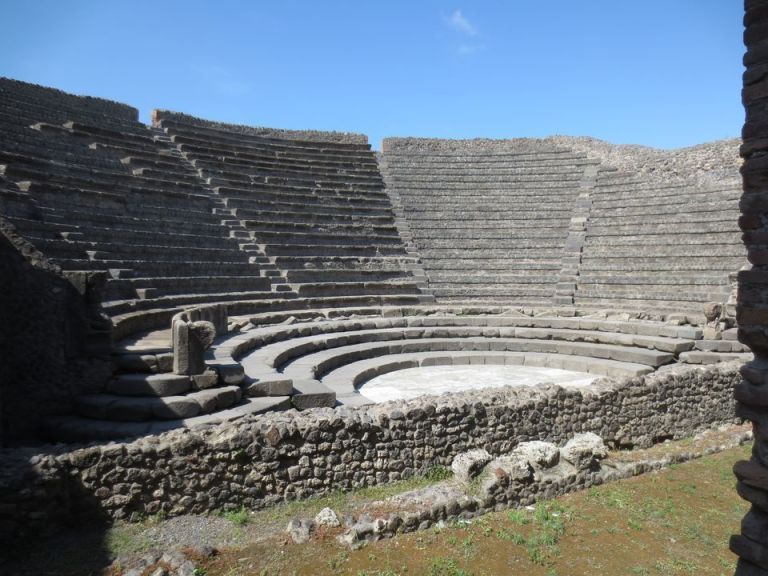
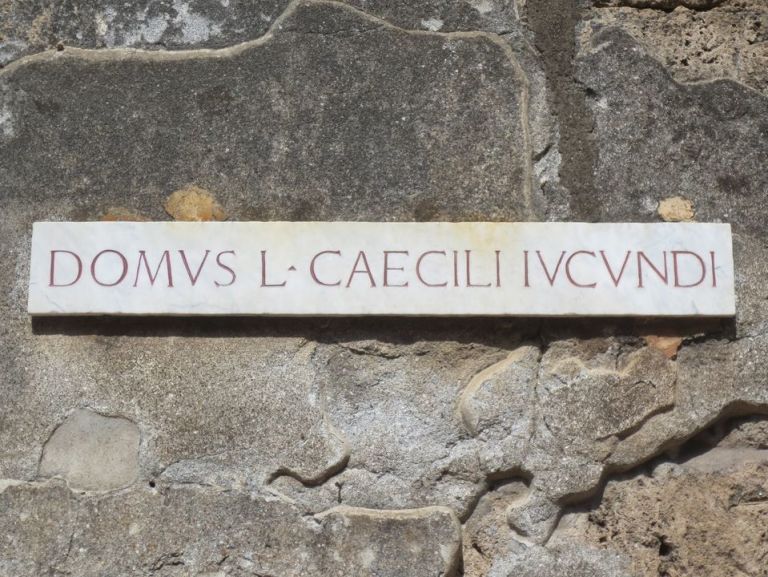
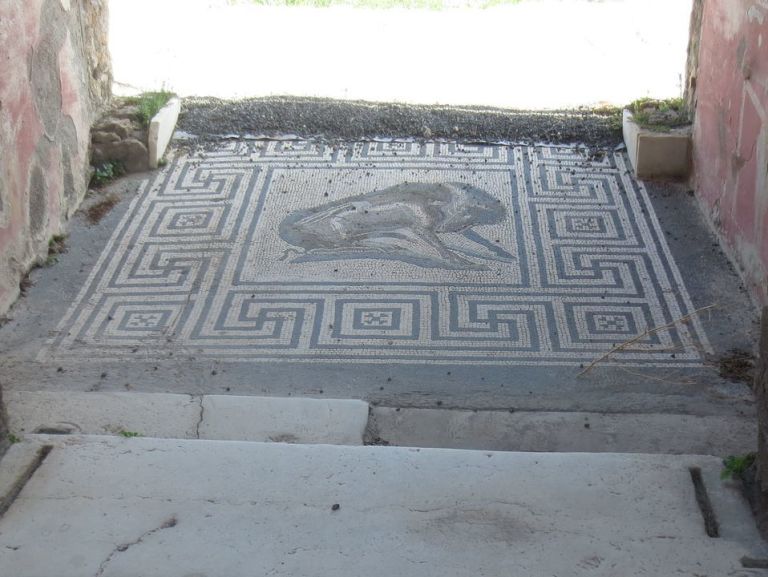
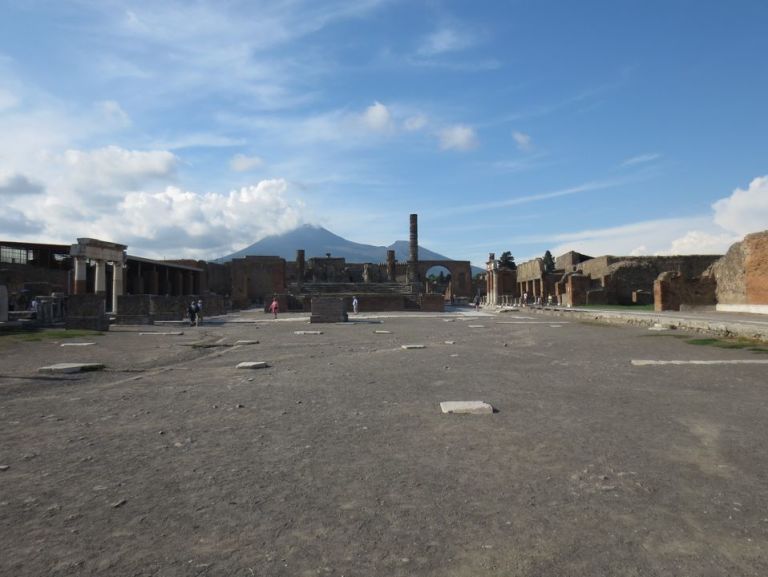
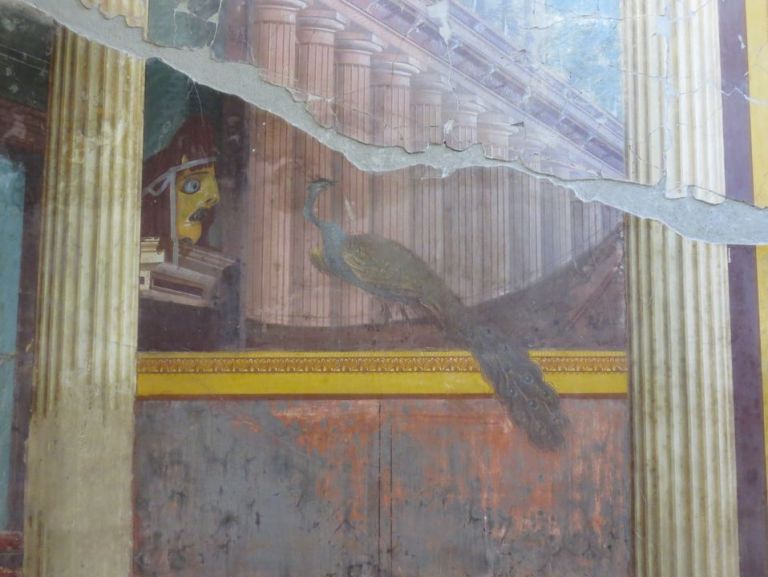
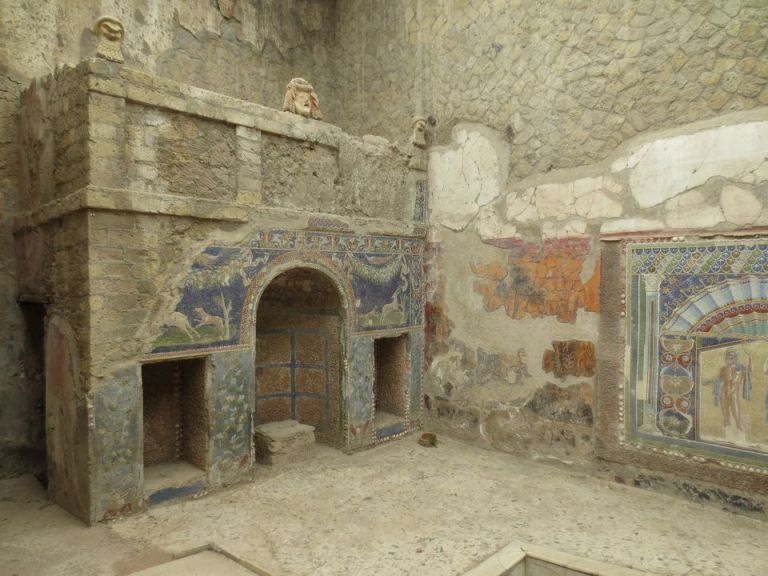
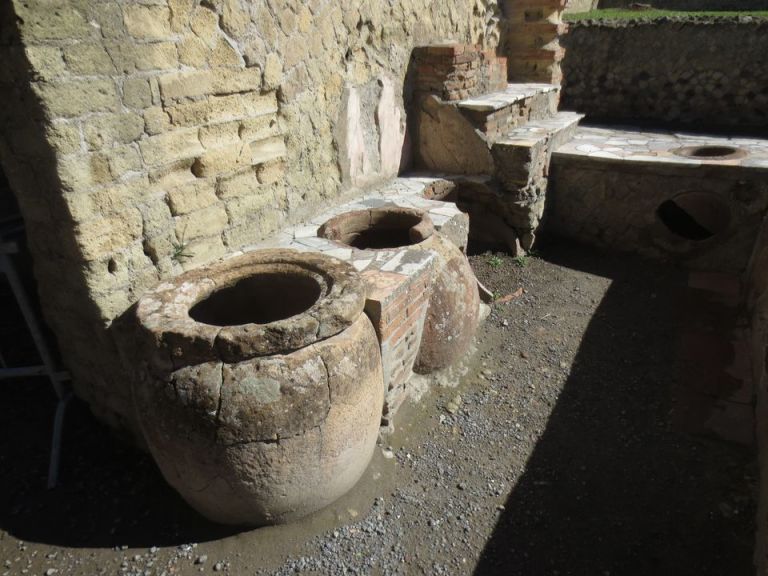
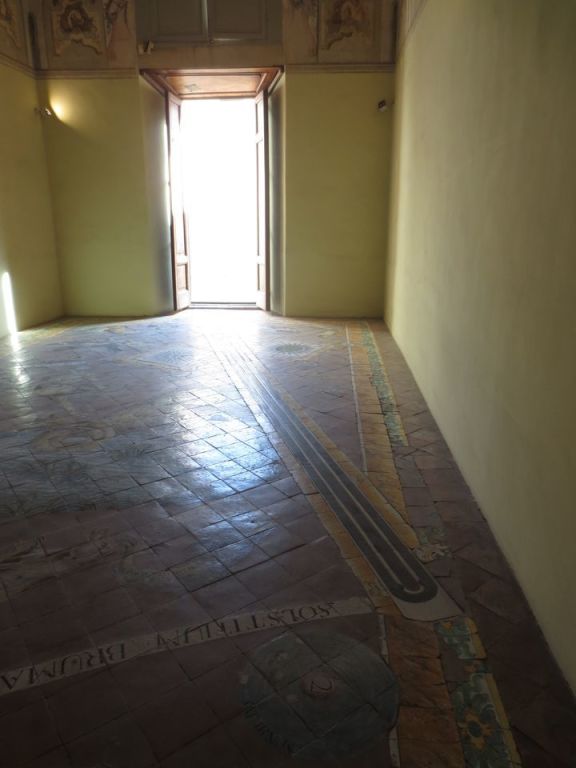
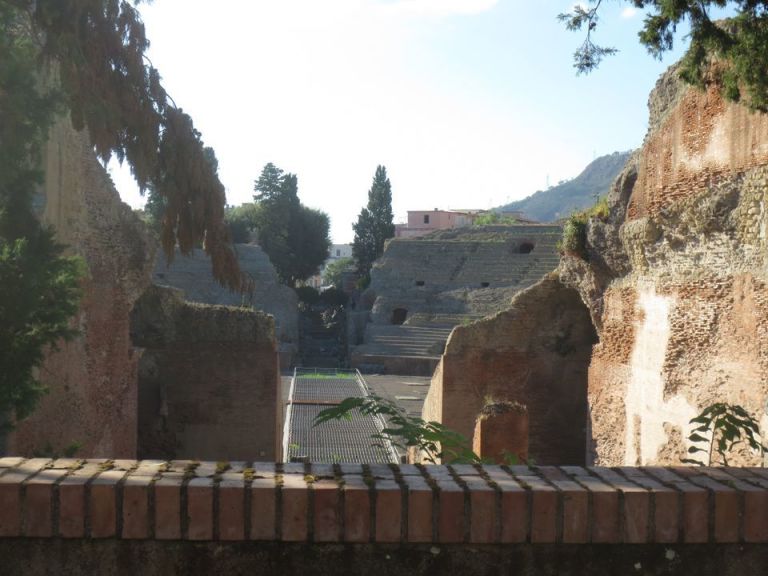
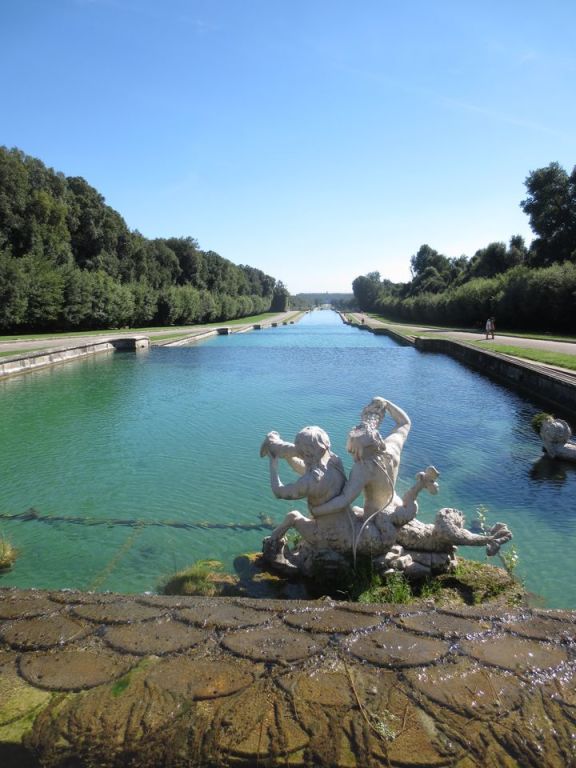
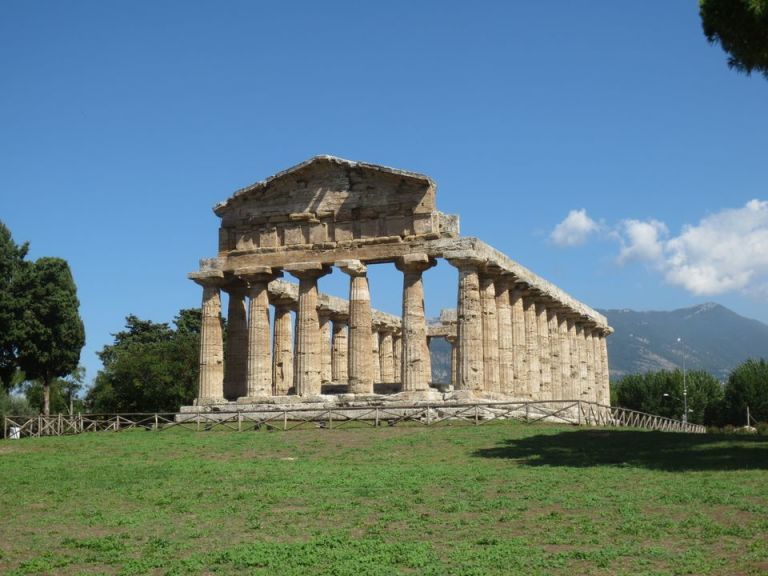
(no subject)
Date: 2022-09-11 08:38 pm (UTC)